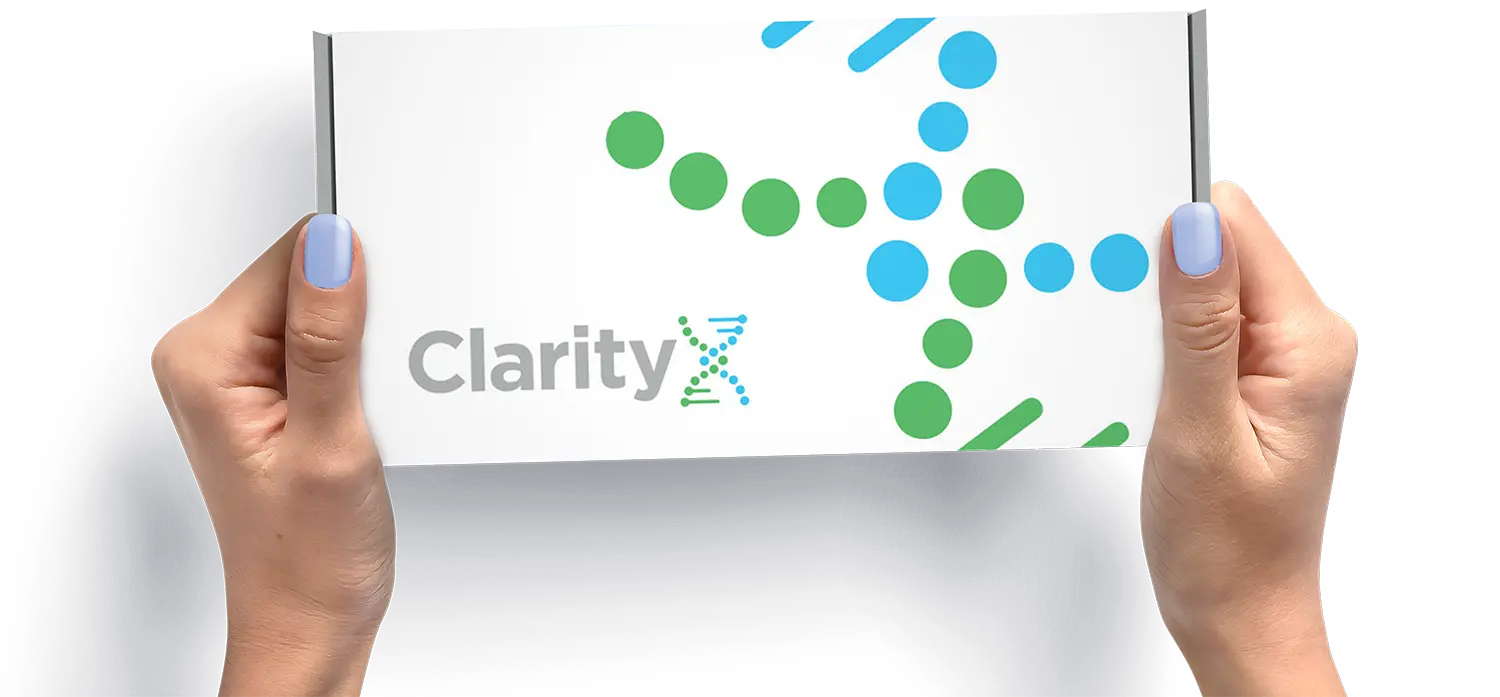Holiday Sale! Save 25%️
How LUVOX works
LUVOX Tablets are indicated for the treatment of obsessions and compulsions in patients with:
- obsessive compulsive disorder (OCD).
- major depression disorder (MDD).
- Anxiety disorder
What are the side effects of Luvox?
- were nausea,
- somnolence,
- insomnia,
- asthenia,
- nervousness,
- dyspepsia,
- abnormal ejaculation,
- sweating ,
- anorexia,
- tremor
- vomiting
Using the above rule, the following events were also identified: anorgasmia, decreased libido, dry mouth, rhinitis, taste perversion, and urinary frequency in patients with OCD; and agitation, depression, dysmenorrhea, flatulence, hyperkinesia, and rash in pediatric patients with OCD.
Drug Interactions (not described in Contraindications or Warnings And Precautions) include the following:
- Drugs Inhibiting or Metabolized by Cytochrome P450: Fluvoxamine inhibits several cytochrome P450 isoenzymes (CYP1A2, CYP2C9, CYP3A4, and CYP2C19).
- Carbamazepine: Elevated carbamazepine levels and symptoms of toxicity with coadministration (7.2).
- Sumatriptan: Rare postmarketing reports of weakness, hyperreflexia, and incoordination following use of an SSRI and sumatriptan. Monitor appropriately if concomitant treatment is clinically warranted (7.2).
- Tacrine: Coadministration increased tacrine Cmax and AUC five- and eightfold and caused nausea, vomiting, sweating, and diarrhea (7.2).
- Tricyclic Antidepressants (TCAs): Coadministration significantly increased plasma TCA levels. Use caution; monitor plasma TCA levels; reduce TCA dose if indicated (7.2).
- Tryptophan: Severe vomiting with coadministration (7.2).
- Diltiazem: Bradycardia with coadministration (7.3).
- Propranolol or metoprolol: Reduce dose if coadministered and titrate more cautiously (7.3).
• Suicidality: Monitor for clinical worsening and suicide risk
• Bipolar disorder: Screen for bipolar disorder
• Other potentially important drug interactions. Benzodiazepines: Use with caution. Coadministration with diazepam is generally not advisable • Clozapine: Clozapine levels may be increased and produce orthostatic hypotension or seizures
• Methadone: Coadministration may produce opioid intoxication. Discontinuation of fluvoxamine may produce opioid withdrawal
• Mexiletine: Monitor serum mexiletine levels
• Antipsychotics: Rare reports of neuroleptic malignant syndrome (NMS) or NMS-like events with and without coadministration of antipsychotics. If such events occur, discontinue fluvoxamine and any antipsychotic treatment immediately and initiate supportive measures
• Ramelteon: Should not be used in combination with fluvoxamine
• Theophylline: Clearance decreased; reduce theophylline dose by one-third
• Warfarin: Plasma concentrations increased and prothrombin times prolonged; monitor prothrombin time and adjust warfarin dose accordingly
• Other Drugs Affecting Hemostasis: Increased risk of bleeding with concomitant use of nsaids, aspirin, or other drugs affecting coagulation
• Serotonin Syndrome: May occur with concomitant use of fluvoxamine with serotonergic drugs, including triptans, and drugs that impair serotonin metabolism. See Contraindications (4).


